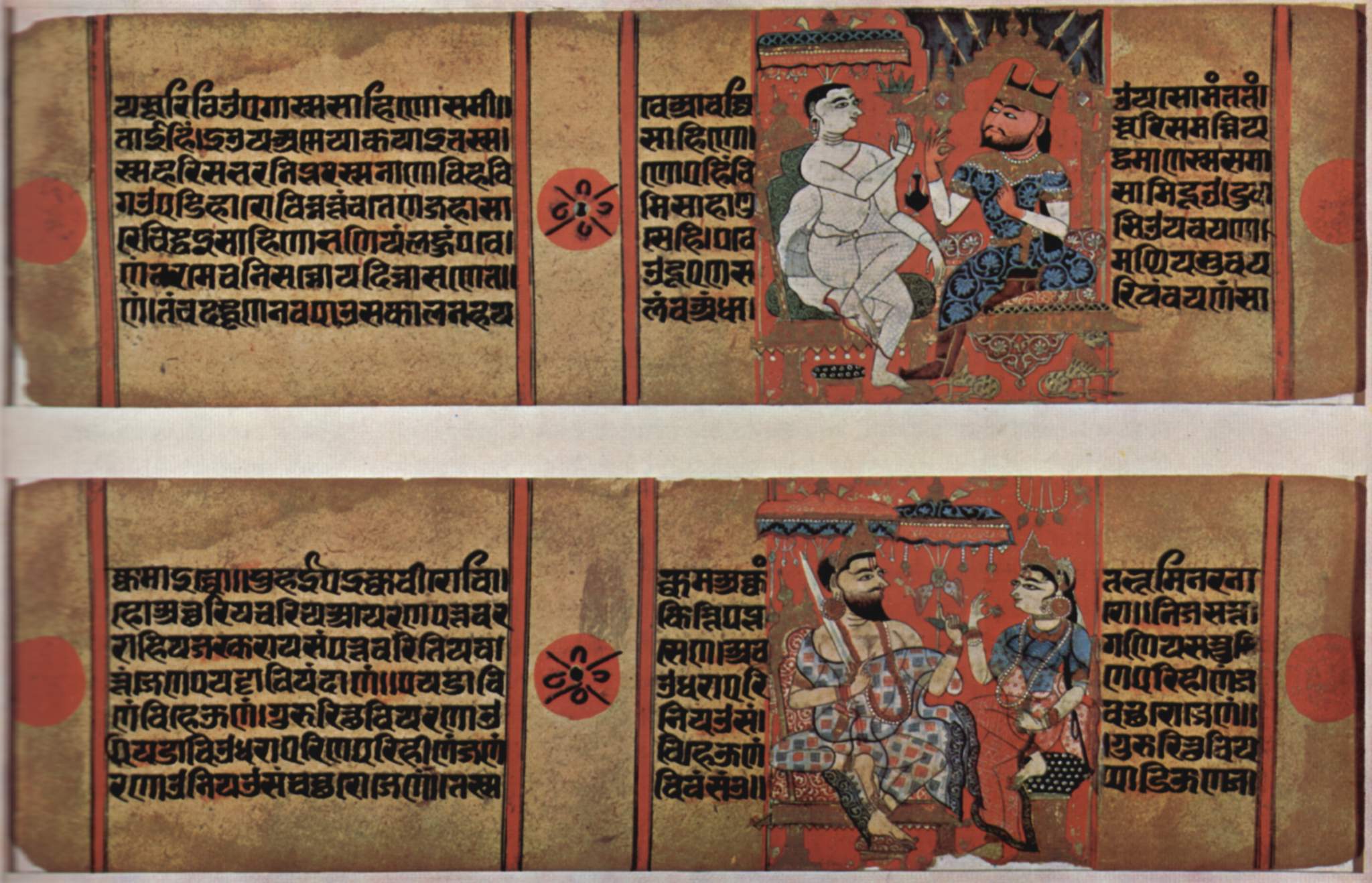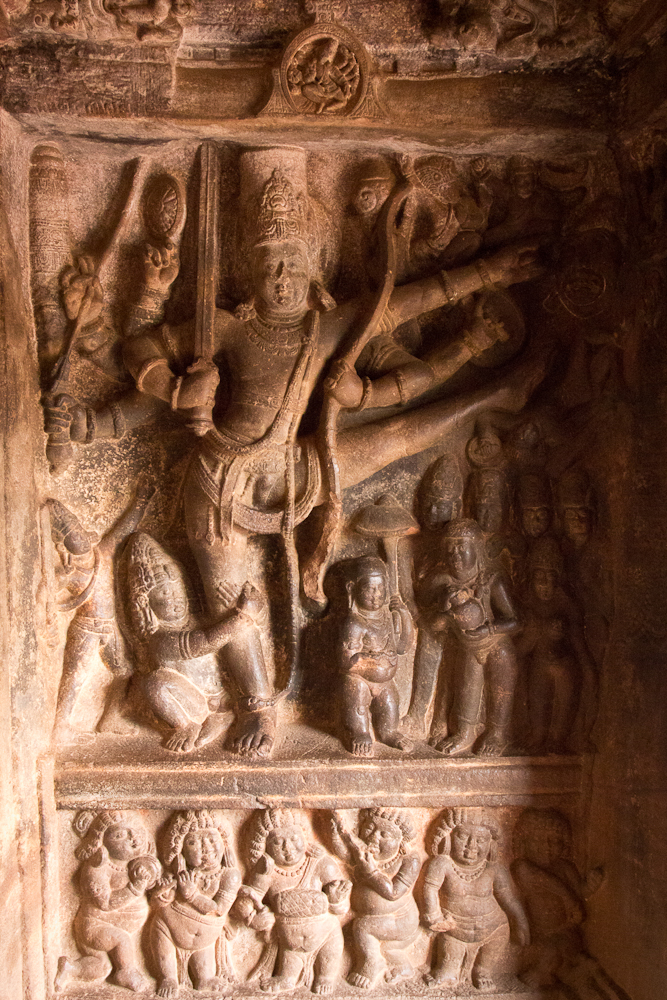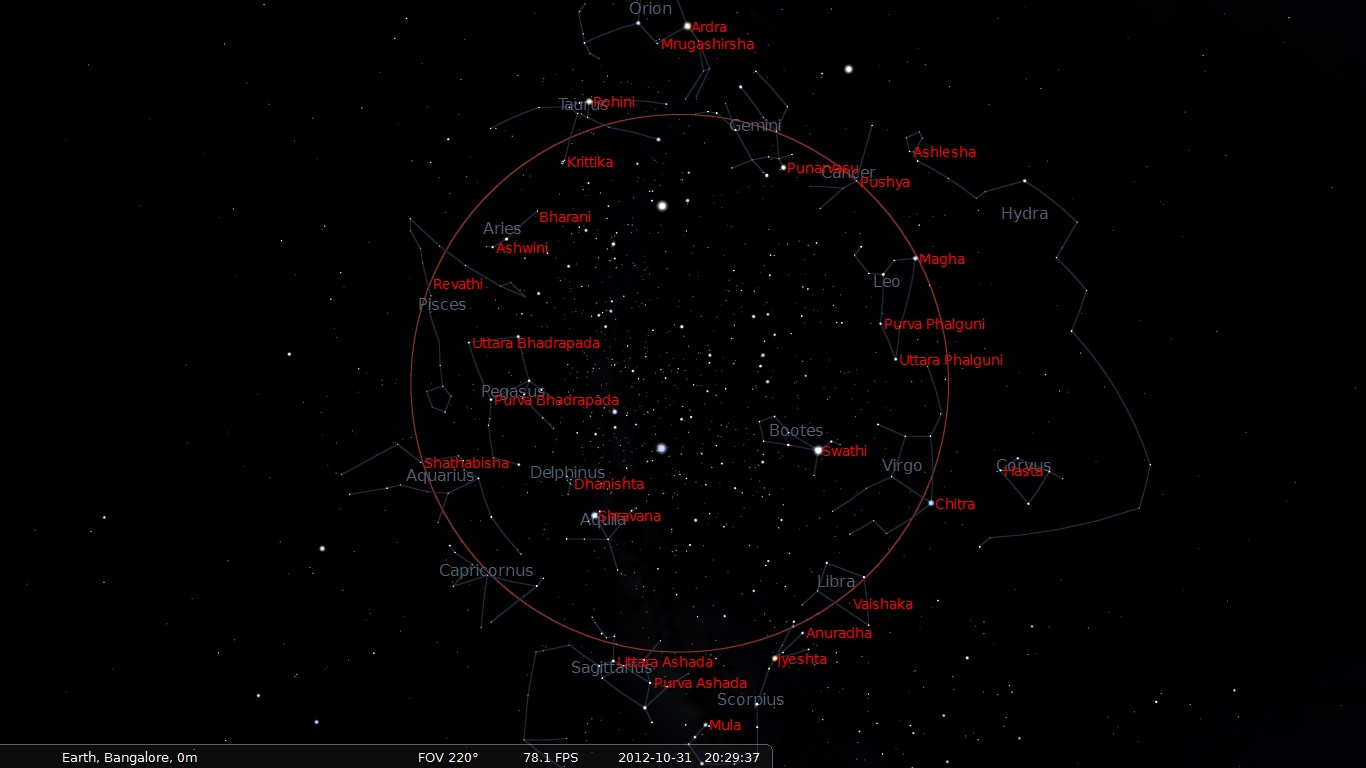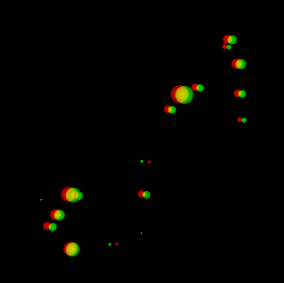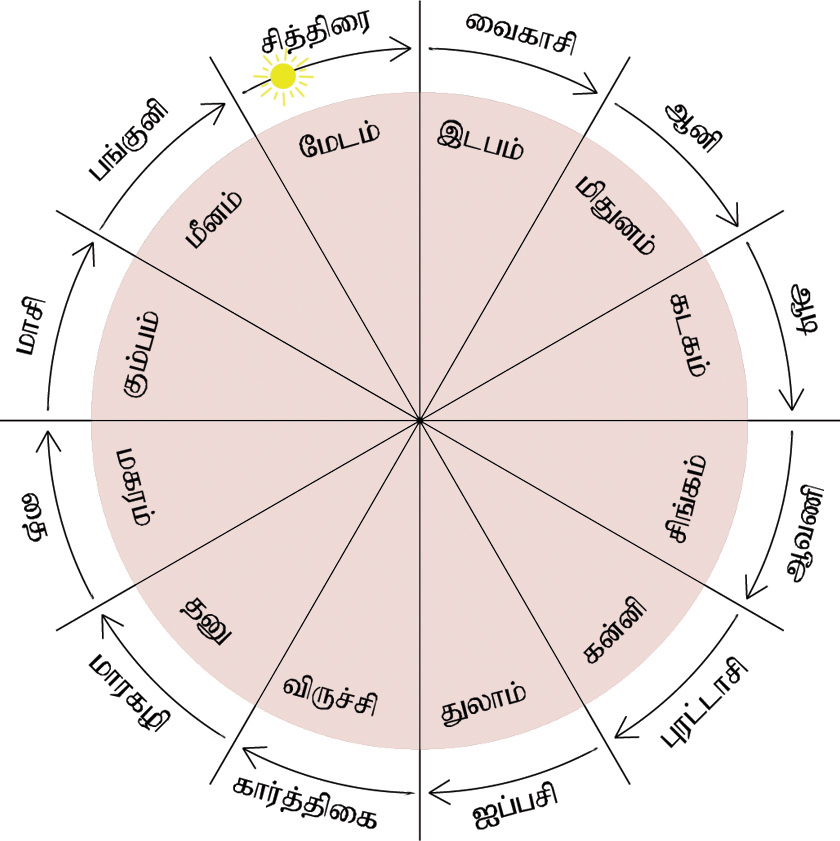|
Kartik (month)
Kārtika (,) is the eighth month of the Hindu calendar, which falls in October and November of the Gregorian calendar. In India's national civil calendar. In most Hindu calendars, Kartika begins with the transit of the Sun into Libra, beginning on 18 October and lasting until 15 November. In the Nepali calendar, which is also the country's official calendar, Kartika is the seventh month of the year, similar to the Maithili and Bengali calendars. In Bengal, Kartika marks the start of the dry season ( ''Hemôntô''). In the solar Tamil calendar, ''Kārttikai'' (கார்த்திகை, ) is the seventh month, corresponding to November/December in the Gregorian calendar. It begins when the sun enters the sign of Scorpio. Many festivals, such as Karthikai Deepam, are celebrated in this month. Etymology The name of the month is derived from the name of a star, Krittika (, ) nakshatra. Festivals Several major religious holidays take place in Kartika. These are as ... [...More Info...] [...Related Items...] OR: [Wikipedia] [Google] [Baidu] |
Bengal
Bengal ( ) is a Historical geography, historical geographical, ethnolinguistic and cultural term referring to a region in the Eastern South Asia, eastern part of the Indian subcontinent at the apex of the Bay of Bengal. The region of Bengal proper is divided between the modern-day sovereign nation of Bangladesh and the States and union territories of India, Indian states of West Bengal, and Karimganj district of Assam. The ancient Vanga Kingdom is widely regarded as the namesake of the Bengal region. The Bengali calendar dates back to the reign of Shashanka in the 7th century CE. The Pala Empire was founded in Bengal during the 8th century. The Sena dynasty and Deva dynasty ruled between the 11th and 13th centuries. By the 14th century, Bengal was absorbed by Muslim conquests in the Indian subcontinent. An independent Bengal Sultanate was formed and became the eastern frontier of the Islamic world. During this period, Bengal's rule and influence spread to Assam, Arakan, Tri ... [...More Info...] [...Related Items...] OR: [Wikipedia] [Google] [Baidu] |
Vikram Samvat
Vikram Samvat (ISO: ''Vikrama Saṁvata''; abbreviated VS), also known as the Vikrami calendar is a Hindu calendar historically used in the Indian subcontinent and still also used in several Indian states and Nepal. It is a lunisolar calendar, using twelve to thirteen lunar months each solar sidereal years. The year count of the Vikram Samvat calendar is usually 57 years ahead of the Gregorian calendar, except during January to April, when it is ahead by 56 years. Vikram Samvat is an official calendar of Nepal. And unlike India where it is used only for religious dates, the solar version of Vikram Samvat is an official calendar used for everything from school sessions to legal contracts to any official functions. History A number of ancient and medieval inscriptions used the Vikram Samvat. Although it was reportedly named after the legendary king Vikramaditya, the term "Vikrama Samvat" does not appear in the historical record before the 9th century; the same calendar sy ... [...More Info...] [...Related Items...] OR: [Wikipedia] [Google] [Baidu] |
Bhai Dooj
Bhai Dooj, Bhai Tika, Bhaubeej, Bhai Beej, Bhai Phonta or Bhratri Dwitiya is a festival celebrated by Hindus on the second lunar day of the Shukla Paksha (bright fortnight) of Kartika, the eighth month of the Vikram Samvat Hindu calendar or the Shalivahana Shaka calendar. It is celebrated during the Diwali or Tihar festival and Holi festival. The celebrations of this day are similar to the festival of Raksha Bandhan. In the southern part of India, the day is celebrated as Yama Dwitiya. In the Kayastha community, two Bhai Doojs are celebrated. The more famous one comes on the second day after Diwali. But the lesser-known one is celebrated a day or two after Diwali. In Haryana and Uttar Pradesh a ritual is also followed, a dry coconut (named gola in regional language) with tied along its width for worshipping is also used at the time of doing ''aarti'' of a brother. In Bengal the day is celebrated as Bhai Phota, which comes one day after Kali Puja. Regional Variations The fest ... [...More Info...] [...Related Items...] OR: [Wikipedia] [Google] [Baidu] |
Annakut
Govardhan Puja (), also known as Annakut or Annakoot (meaning a “mountain of food”), is a Hindu festival celebrated on the first lunar day of the Paksha#Shukla Paksha, bright fortnight of the month of Kārtika (month), Kartika, on the fourth day of Diwali. Devotees worship Govardhan Hill and prepare and offer a large variety of vegetarian food to Krishna as a mark of gratitude. For Vaishnavism, Vaishnavas, this day commemorates the incident in the ''Bhagavata Purana'' when Krishna lifted Govardhan Hill to provide the villagers of Vrindavan shelter from torrential rains. This incident symbolizes God offering protection to devotees who take singular refuge in him. Devotees offer a mountain of food, metaphorically representing the Govardhan Hill, to God as a ritual remembrance and to renew their faith in taking refuge in God. The festival is observed by most Hindu denominations all over India and abroad. It is an important festival in Vaishanava sects, such as the Pushtimarg, Pus ... [...More Info...] [...Related Items...] OR: [Wikipedia] [Google] [Baidu] |
Govardhan Puja
Govardhan Puja (), also known as Annakut or Annakoot (meaning a “mountain of food”), is a Hindu festival celebrated on the first lunar day of the bright fortnight of the month of Kartika, on the fourth day of Diwali. Devotees worship Govardhan Hill and prepare and offer a large variety of vegetarian food to Krishna as a mark of gratitude. For Vaishnavas, this day commemorates the incident in the ''Bhagavata Purana'' when Krishna lifted Govardhan Hill to provide the villagers of Vrindavan shelter from torrential rains. This incident symbolizes God offering protection to devotees who take singular refuge in him. Devotees offer a mountain of food, metaphorically representing the Govardhan Hill, to God as a ritual remembrance and to renew their faith in taking refuge in God. The festival is observed by most Hindu denominations all over India and abroad. It is an important festival in Vaishanava sects, such as the Pushtimarg Sampradaya, Gaudiya Sampradaya and Swaminarayan Sam ... [...More Info...] [...Related Items...] OR: [Wikipedia] [Google] [Baidu] |
Balipratipada
Balipratipada ('), also called as ''Bali-Padyami'', ''Padva'', ''Virapratipada'' or ''Dyutapratipada'', is the fourth day of Diwali, the Hindu festival of lights. It is celebrated in honour of the notional return of the daitya-king Bali (Mahabali) to earth. Balipratipada falls in the Gregorian calendar months of October or November. It is the first (or 16th) day of the Hindu month of Kartika and is the first day of its bright lunar fortnight. In many parts of India such as Gujarat and Rajasthan, it is the regional traditional New Year Day in Vikram Samvat and also called the Bestu Varas or ''Varsha Pratipada''. This is the half amongst the three and a half Muhūrtas in a year. Balipratipada is an ancient festival. The earliest mention of Bali's story being acted out in dramas and poetry of ancient India is found in the c. 2nd-century BCE ''Mahābhāṣya'' of Patanjali on Panini's ''Astadhyayi'' 3.1.26. The festival has links to the Vedic era sura-asura Samudra Manthana tha ... [...More Info...] [...Related Items...] OR: [Wikipedia] [Google] [Baidu] |
Nakshatra
Nakshatra () is the term for Lunar mansion in Hindu astrology and Buddhist astrology. A nakshatra is one of 27 (sometimes also 28) sectors along the ecliptic. Their names are related to a prominent star or asterisms in or near the respective sectors. In essence (in Western astronomical terms), a nakshatra simply is a constellation. Every nakshatra is divided into four ''padas'' ( "steps"). The starting point for the nakshatras according to the ''Vedas'' is "Krittika" (it has been argued, because the Pleiades may have started the year at the time the ''Vedas'' were compiled, presumably at the vernal equinox), but, in more recent compilations, the start of the nakshatras list is the point on the ecliptic directly opposite the star Spica, called ''Chitrā'' in Sanskrit. This translates to Ashwinī, a part of the modern constellation of Aries. These compilations, therefore, may have been compiled during the centuries when the sun was passing through Aries at the time of the ver ... [...More Info...] [...Related Items...] OR: [Wikipedia] [Google] [Baidu] |
Krittika
The star cluster ' Sanskrit: कृत्तिका, pronounced , popularly transliterated Krittika), sometimes known as Kārtikā, corresponds to the open star cluster called Pleiades in western astronomy; it is one of the clusters which makes up the constellation Taurus. In Indian astronomy and ( Hindu astrology) the name literally translates to "the cutters". It is also the name of its goddess-personification, who is a daughter of Daksha and Panchajani, and thus a half-sister to Khyati. Spouse of Kṛttikā is Chandra ("moon"). Alternative accounts suggest that Kritika was the name of six celestial women. The six Krittikas who raised the Hindu God Kartikeya are Śiva, Sambhūti, Prīti, Sannati, Anasūya and Kṣamā. In Hindu astrology, is the third of the 27 s. It is ruled by Sun. Under the traditional Hindu principle of naming individuals according to their Ascendant/Lagna , the following Sanskrit syllables correspond with this , and would belong at the beginn ... [...More Info...] [...Related Items...] OR: [Wikipedia] [Google] [Baidu] |
Karthikai Deepam
Karthika Deepam () is a Hindu festival of lights. It is mainly observed mainly by Tamils in India, Sri Lanka and other regions with significant Tamil diaspora. The festival is celebrated on the first full moon day of the month of Kartika coinciding with Kṛttikā nakshatra, falling on the Gregorian months of November or December. Though it corresponds to the Kartik Purnima, it falls on a different day due to the correction of equinoxes in the Tamil calendar. The festival is associated with Shaivism, is celebrated to commemorate the origin of Kartikeya, the Hindu god of war, and Shiva's manifestation as Jyotirlinga. In Kerala, it is celebrated as Thrikarthika, in honour of goddess Parvati. History One of the earliest references to the festival is found in the Tamil anthology ''Akanaṉūṟu'', dating back to the Sangam period (200 BCE to 300 CE). The festival is referred in songs of poetess Avvaiyar. The festival is also referred in the Sangam literature as ''Peruvi� ... [...More Info...] [...Related Items...] OR: [Wikipedia] [Google] [Baidu] |
Scorpius
Scorpius is a zodiac constellation located in the Southern celestial hemisphere, where it sits near the center of the Milky Way, between Libra to the west and Sagittarius to the east. Scorpius is an ancient constellation whose recognition predates Greek culture; it is one of the 48 constellations identified by the Greek astronomer Ptolemy in the second century. Notable features Stars Scorpius contains many bright stars, including Antares (α Sco), "rival of Mars," so named because of its distinct reddish hue; β1 Sco (Graffias or Acrab), a triple star; δ Sco ( Dschubba, "the forehead"); θ Sco ( Sargas, of Sumerian origin); ν Sco (Jabbah); ξ Sco; π Sco (Fang); σ Sco (Alniyat); and τ Sco (Paikauhale). Marking the tip of the scorpion's curved tail are λ Sco ( Shaula) and υ Sco (Lesath), whose names both mean "sting." Given their proximity to one another, λ Sco and υ Sco are sometimes referred to as the Cat's Eyes. The constellation's bright stars form a ... [...More Info...] [...Related Items...] OR: [Wikipedia] [Google] [Baidu] |
Tamil Calendar
The Tamil calendar (தமிழ் நாட்காட்டி) is a Sidereal time, sidereal solar calendar used by the Tamil people of the Indian subcontinent. It is also used in Puducherry (union territory), Puducherry, and by the Tamil people, Tamil population in Sri Lanka, Malaysia, Singapore, Myanmar and Mauritius. It is used in contemporary times for cultural, religious and agricultural events, with the Gregorian calendar largely used for official purposes both within and outside India. The Tamil calendar is based on the solar calendar. Description The calendar follows a 60-year cycle that is also very ancient and is observed by most traditional calendars of India and China. This is related to 5 12-year revolutions of Jupiter around the Sun and one that adds up to 60 years and the orbit of Nakshatras (stars) as described in the Surya Siddhanta. In the Gregorian year , the Tamil year starts on 14 April , Kaliyuga . The Vikrama era, Vikrama and Shalivahana era, S ... [...More Info...] [...Related Items...] OR: [Wikipedia] [Google] [Baidu] |

